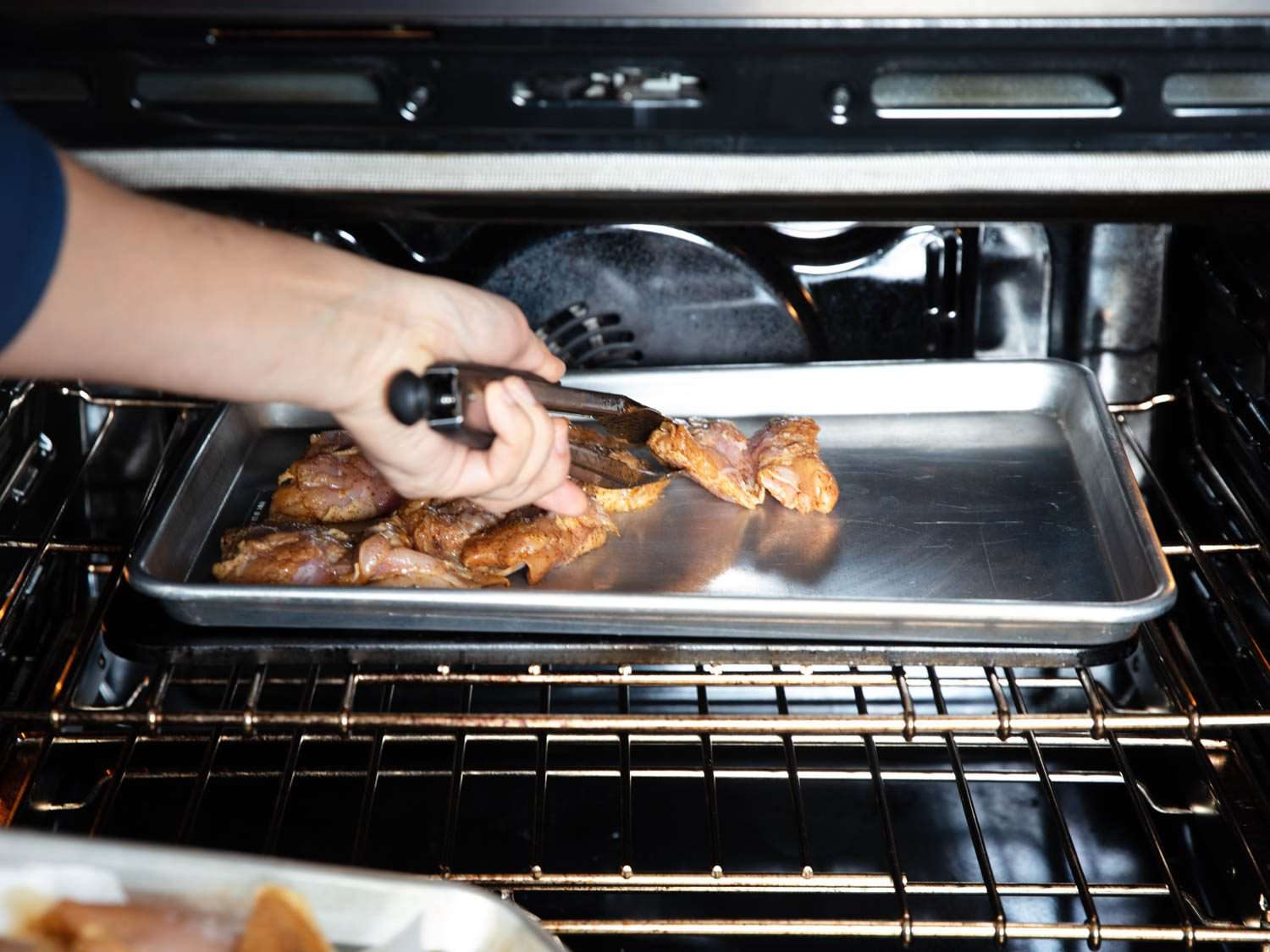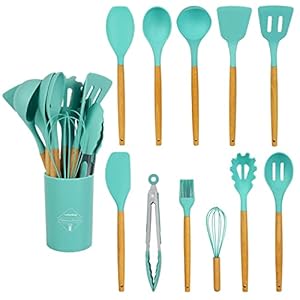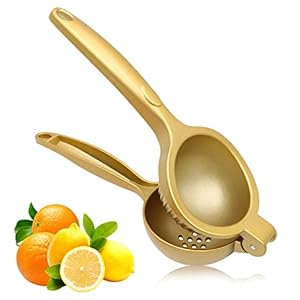
Every restaurant I’ve ever worked in had at least one convection oven whirring away at all times. They’ve long been a staple in professional kitchens, but in recent years, they’ve become more popular in home kitchens, too. Approximately 25% of US households had a convection oven in 2010, according to a report cited in the Denver Post, and more recent estimates put that number anywhere from 35% to 60%. Market researchers predict that the $3.8 billion global convection market will grow by more than 5% through 2030.
But what is convection, exactly? To understand how convection works, when to use it, and whether an oven with convection settings is worth the frequently higher price tag, I consulted two experts: Sahil Sethi, culinary director of Sifr restaurant in Chicago, Illinois, and Serious Eats culinary editor Genevieve Yam. Here’s everything you need to know.
What is Convection?
One way to understand convection is to compare it to non-convection cooking. If you fire up your oven using traditional settings, there’s a single heat source—usually located below the oven floor—that raises its internal temperature. Eventually, the oven cavity warms up as heat from that source gets trapped inside it.
Convection ovens complement that one heat source with fans that continuously circulate heat, so your oven gets hotter faster and maintains a more consistent temperature. It may have one convection setting or an array of them—like convection bake, convection roast, and convection broil—but all involve combining heat and air circulation.
“It’s the rearrangement of hot air,” says Sethi. “The heat circulates from warmer to cooler areas of your oven, so what you have in the oven cooks more evenly and quickly. It’s not just getting brown on one side.”
Convection settings cook food faster than non-convection modes because moving air transfers heat more rapidly than stagnant air. This might sound abstract, but it’s akin to the difference between walking down the street on a chilly day versus on a chilly and windy day. You’ll feel much colder in the latter because the windchill transfers the cold to your skin more quickly.
“Convection is an influential phenomenon, contributing as it does to winds, storms, ocean currents, the heating of our homes, and the boiling of water on the stove,” author Harold McGee writes in his seminal food-science book On Food and Cooking.
Even if you’ve never used an oven with convection settings, you may already be familiar with the process. “The air fryer is very popular, and it’s basically a tiny convection oven,” says Yam. “It’s extremely efficient at cooking because it circulates air around your food and gets things crispy super fast.”
When to Use Convection
Every conventional oven has hot spots, or areas that are warmer than others. As a result, your roast chicken might turn out golden on one side and frustratingly undercooked on the other. Convection eliminates this issue by keeping the heat in constant motion.
Perfect Roast Chicken
There are many preparations that can benefit from convection. Use it to create a beautifully brown exterior on roast chicken or turkey, bake a golden-brown pie crust, caramelize hardy root vegetables like carrots, or concentrate the flavors of water-heavy veggies like zucchini and eggplant.
“People usually turn to convection settings when they want extra color, when they want that Maillard reaction,” says Yam, referring to the chemical reaction that occurs between amino acids and reducing sugars at high temperatures, which causes food to brown and develop warm, roasty flavors. “If you’re trying to get a crispy crust, or you want some caramelization, or you want a more even bake on your pastries, that’s when most people will select the convection setting.”
Sethi struggles to think of an instance in which he wouldn’t use convection settings in his kitchen. “I would use it for baking, and for roasting a chicken or a turkey to make sure the breast cooks at the same time as the thighs and legs, and it all gets that amber color,” he says. “Even if you’re just roasting potatoes, it will cook them very evenly.”
When Not to Use Convection
While convection works in many preparations, there are times to avoid using it. This includes when you’re making something fragile that needs to rise in the oven—like a soufflé, flan, macarons, or delicate custard—because the airflow can damage its shape.
Breads aren’t always great candidates for convection either. Sethi uses convection to bake sourdough breads because he likes how the airflow browns the crusts, but some cooks find that convection dehydrates their loaves too quickly, creating an unpleasantly hard exterior before the inside fully bakes. Similarly, quickbreads with very wet doughs—like banana and zucchini breads—are best baked in traditional oven settings to avoid crisping their outsides before their moist interiors have time to set.
The rapid airflow of convection can also toughen the delicate florets of cruciferous vegetables like broccoli. “Given the spread-out structure of the florets and the air spaces between the buds, the convection setting dries the broccoli too quickly, making it leathery in texture,” writes Serious Eats contributor Swetha Sivakumar in her guide to making roasted broccoli that’s tender and crispy.
Convection Baking vs. Convection Roasting
Some ovens have specific convection settings, such as “convection roast” and “convection bake.” There’s no industry standard for these modes, so check your oven’s owner’s manual or the brand’s website for details on how they work on your specific appliance.
In most instances, the difference between convection roasting and convection baking comes down to the number of heat sources that are circulated. In many appliances, the convection roasting mode activates two heat sources: one at the top of the oven and another at its base. The convection baking setting typically involves just one heat source at the base of the oven.
Can You Use Convection Settings When a Recipe Doesn’t Call for Them?
The experts I spoke to recommend following recipes as written; however, if you want to use a convection setting on a recipe that doesn’t call for it, it’s best to shorten the overall cooking time. Your oven will maintain hotter temperatures than if it were on non-convection settings, so reducing the cook time helps prevent overcooking. In addition to shortening the cook time, it also makes sense to lower the temperature a bit when cooking with convection. As a general rule of thumb, if you’re using convection on a recipe that doesn’t call for it, lower your oven temperature by 25°F (4°C) to accommodate the faster heat transfer.
How much quicker your food will cook depends on its size, shape, and density. “Let’s say cooking a chicken in a regular oven is going to take you an hour and 10 minutes,” says Sethi. “If you’re doing an average, two- to two-and-a-half-pound chicken, it will cook in 35 to 40 minutes in a convection oven.” To prevent overcooking, keep a close eye on your food, check for signs of doneness like browned edges, and take the internal temperature of proteins halfway through the cooking time.
What to Do if You Don’t Have Convection Settings
If your appliance doesn’t have convection settings, you can create similar results by adjusting the temperature and rotating your pans. Start by getting to know your oven. Affix a temperature tracker (Yam is partial to ThermoWorks ChefAlarm) to determine how well it maintains temperatures. Identify hot spots by moving a small oven thermometer to different corners of an empty, preheated oven, and noting which areas stay cooler than others.
Once you know where the hottest and coolest parts of your oven are, you can circulate your pans as they cook to mimic the airflow of convection settings. “The hot air isn’t circulating to the cold parts,” Sethi says. “Once you turn the product and take it toward the hot side, it will give you more even cooking.”
For example, if you’re roasting a chicken, and you know that your oven is hottest in its rear right corner, rotate the pan every 15 to 20 minutes. This way, each side of the bird is exposed to the various temperature zones.
To recreate the browning that convection settings bring to buttery baked goods like pies, preheat the oven to a slightly higher temperature to start. If your pie recipe says to bake on convection settings at 350°F (177°C), for example, “you could set your oven to 425°F (218°C) and bake your pie at 425°F for 10 minutes before lowering the oven to 350°F (177°C),” says Yam. “That’s going to give you a little oomph of heat and help your pie get some coloring to speed up that process.”
Protect Your Heat
Whether you use convection or non-convection settings, make sure to move quickly any time you open the oven door. “What’s most important is ensuring that the temperature of your oven is consistent,” says Yam. “Even if you have the convection setting on, if you keep opening the oven door, your food is never going to cook and brown because you are letting all that hot air out.”
Rotate pans as quickly as possible, and when you’re flipping roast veggies or doing anything that takes longer than 30 seconds, close the oven door and rest pans on a trivet or cooling rack. Time is precious—and so is your cooking.
The Takeaway
Convection maintains a consistent temperature and cooks food more quickly than traditional ovens. It’s ideal for when you want to brown or caramelize foods, cook more quickly, or create crispy edges. Skip convection when you’re making something very delicate, or if you don’t want to develop texture (such as a browned crust) on its exterior. If a recipe doesn’t call for convection, you can still use it, just make sure to lower the original temperature by about 25°F (4°C), and keep an eye on your food as it cooks. And if you don’t have convection settings, you can still mimic the process by finding the hot spots in your oven and rotating your pan accordingly throughout cooking.
Trending Products










